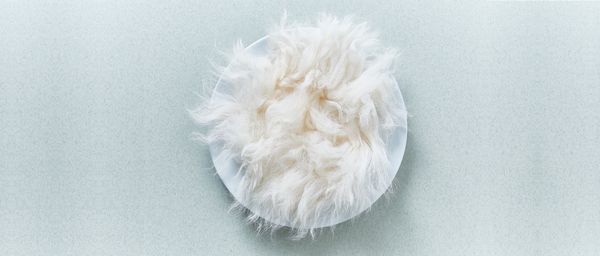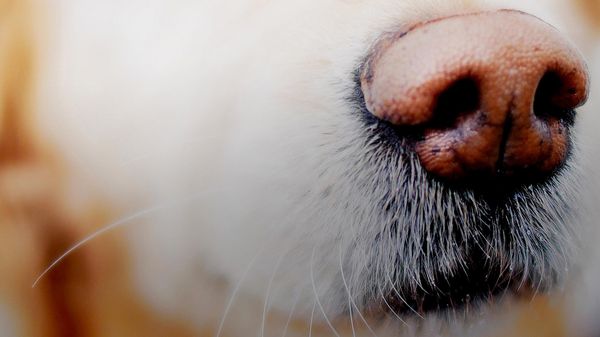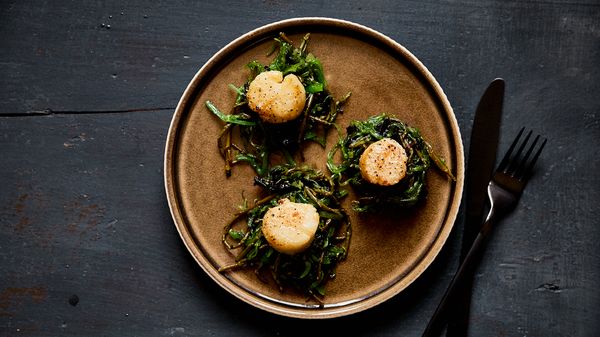
Charles Spence is one of the world's leading gastro-phycicists. He researches the psychology of eating, especially the influence colours, shapes, sounds, and memories have on our sense of taste.
Professor Spence, what do you most like to eat?
I like simple meals like pasta al arabbiata. What I don’t like are ready-meals and convenience products: I only ever cook with fresh produce. I’ll use any ingredients and spices, however unusual. Cooking has a relaxing effect on me.
You say that your grandfather, who ran a grocers, used to secretly crush coffee beans under his heel. Why?
To attract customers. I mention that because it’s a nice example of the beginnings of what we today call sensory marketing and sales strategies. Stepping on coffee beans to release the aroma of fresh coffee was a smart move: the smell of freshly ground coffee is one of the most popular worldwide – regardless of culture. What is more, customers hear the crunch, too, which indicates a crisp consistency and thus freshness. So he was appealing to more than just one of the senses, and was therefore, in his way, a pioneer in the multisensory marketing techniques supermarkets now use to get their customers to spend: today, they encourage you to touch and try everything. That is today’s equivalent of my grandfather’s shop.
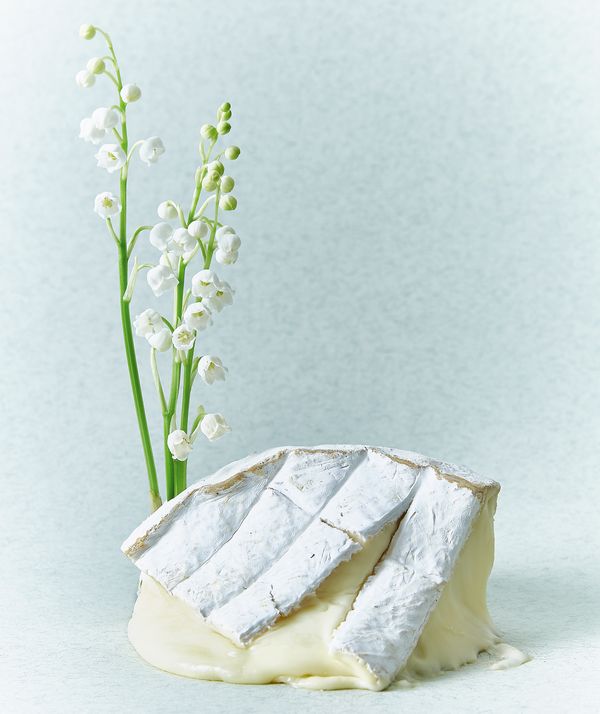
TASTE WITH YOUR NOSE
Aromatics intensify taste. Without a sese of smell, our tongues couldn't tell an onion and an apple apart.
So applying multisensory tricks can increase the intensity with which we taste flavours?
Yes, precisely. The mouth is where we enjoy the taste of food and it feels like the flavours are developing on our tongue. However, our nose and eyes play a big role in this experience: what we see and what we smell creates expectations – and that in turn acts as the trigger for the flavours we actually taste. In one experiment using jelly beans, we asked subjects to hold their noses while eating them in order to shut off their sense of smell: the result was that all they could taste were the four basic tastes: sweet, salty, sour, and bitter; it was only with their sense of smell that the participants experienced the whole kaleidoscope of fruity flavours – i.e. the aromas we so enjoy when eating, be they flowery, meaty, herby, or creamy. All of that is clearly a function of the nose; our brain plays tricks on us about what our tongue is tasting.
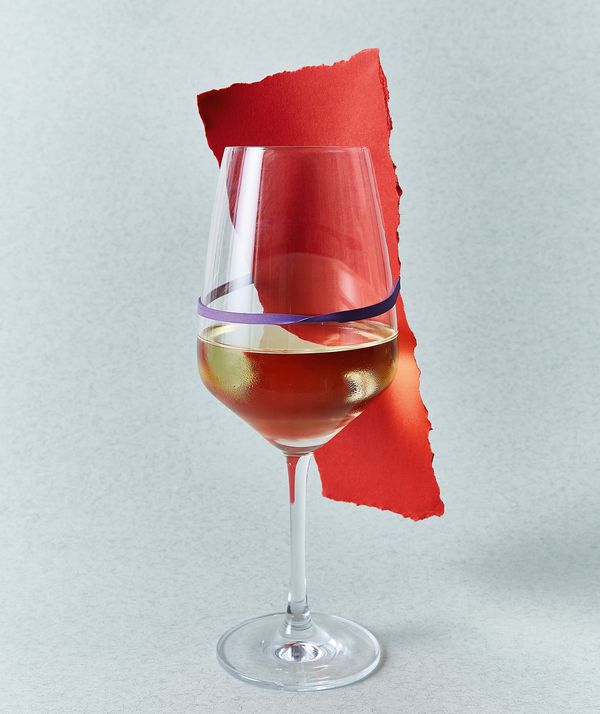
DON'T TRUST YOUR EYES
Red-colourd white wine can even fool wine experts. They claim to taste what actually cannot be there.
One of the focal points of your research is the colour of plates and the influence it has on how we perceive food?
Yes, we looked into the effect of colour on our perception when eating, but soon discovered that the shape, surface consistency, and weight of crockery also plays an important role: we perceive food differently when it is served on a rough earthenware plate. What we now know is that this kind of crockery intensifies the taste of seasoning. A study in a hotel in Scotland showed that even the choice of cutlery has an effect on our sense of taste; people who eat with heavier knives, forks and spoons perceive their meal as being of higher value and are therefore happy to pay more.
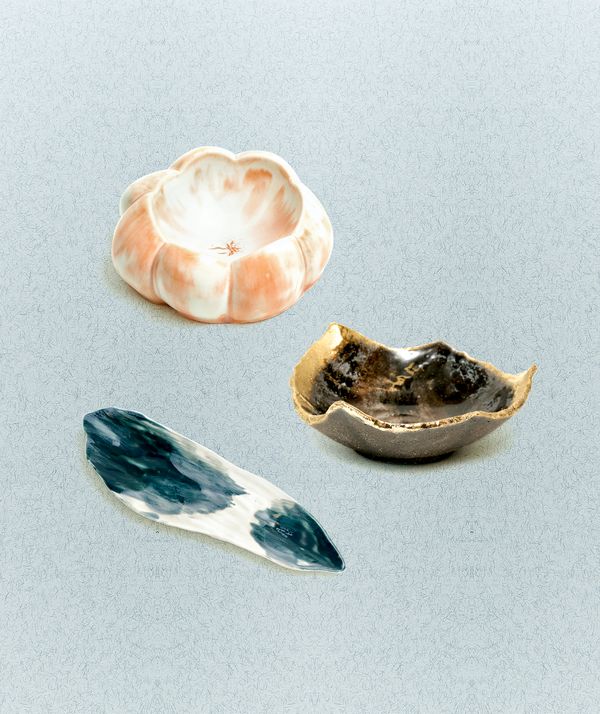
PLATES PLAYING TRICKS ON OUR SENSE
Dsigner Reiko Kaneo's plate collection for NEFF, inspired by Prof. Spence's Gastrophysics research. Seafood starters taste saltier if served on this fishscalee textured plate, spicy flavours of gingr taste more intense from thisblack stoneware bowl and desserts taste sweeter served in this pink, raspberry-inspired bowl.
Your research inspired the creation of a plate collection for NEFF. Can you tell us more about this?
In total, three plates were developed. The first one is inspired by the oceans, centred around blue and white as key colours and with a texture which is reminiscent of fish scales. The design principle behind the second plate was to intensify the experience of eating strongly seasoned or spicy foods; it’s mainly black and is perfect for serving dishes with green Thai curry, for instance. The third plate uses pink to emphasise sweetness. Then there is the shape, which, as our studies show, has similar effects: round plates intensify sweet tastes, while square plates bring sourness to the fore.
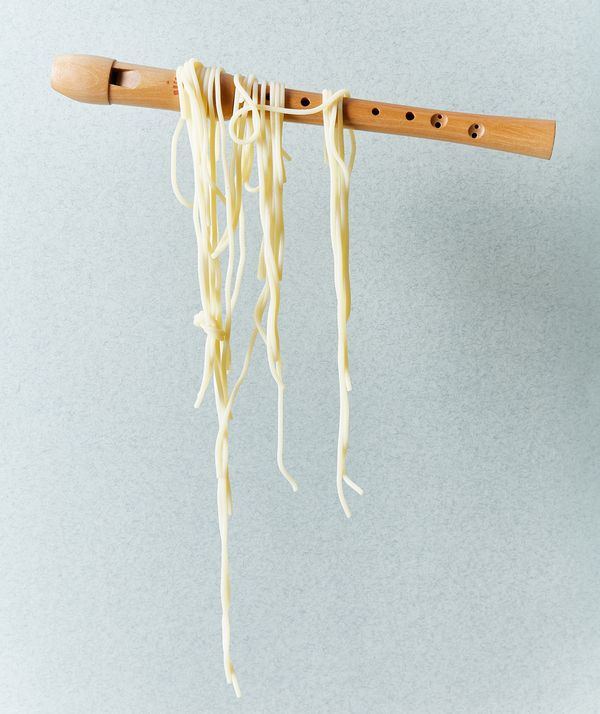
OF RHYTHM AND TASTE
Rhythm, sound, tempo, drum roll – music heavily influences our sense of taste
How does music affect how we eat?
Music affects us on a number of levels, from volume (very loud music hampers our ability to taste food) through to ethnic music which underscores the foreign nature of cuisine from a different cultural sphere. Different styles of music have an effect on the speed at which we eat, too, because we adapt to the beat: the faster the rhythm, the quicker our movements become as we eat. Our most recent research has been into the fact that we appear to experience the taste of food more intensively if we hear violins, drums, or a piano while eating.
How do memories affect our sense of taste?
We learn very early on that sweetness feels nice: that is something anchored in our primary cortex; many of us learn that we find bitter less pleasant. We particularly enjoy the dishes we ate on Sunday afternoon as children, and indeed what we do and don’t like has a lot to do with memory and our early experiences. As people start to lose their ability to remember things, these moments take on an increasing importance: they access regions of the brain which are deep in our subconscious, and we can trigger them with many things – music, smells, sounds, tastes, and even with contrasting colours.

Charles Spence
Professor Charles Spence is the head of the Department for Experimenal Psychology at the University of Oxford. the studies he carries out with leading chefs delivered important insights into the xtent to which our sense can be manipulated and how they affect our sense of teste.
